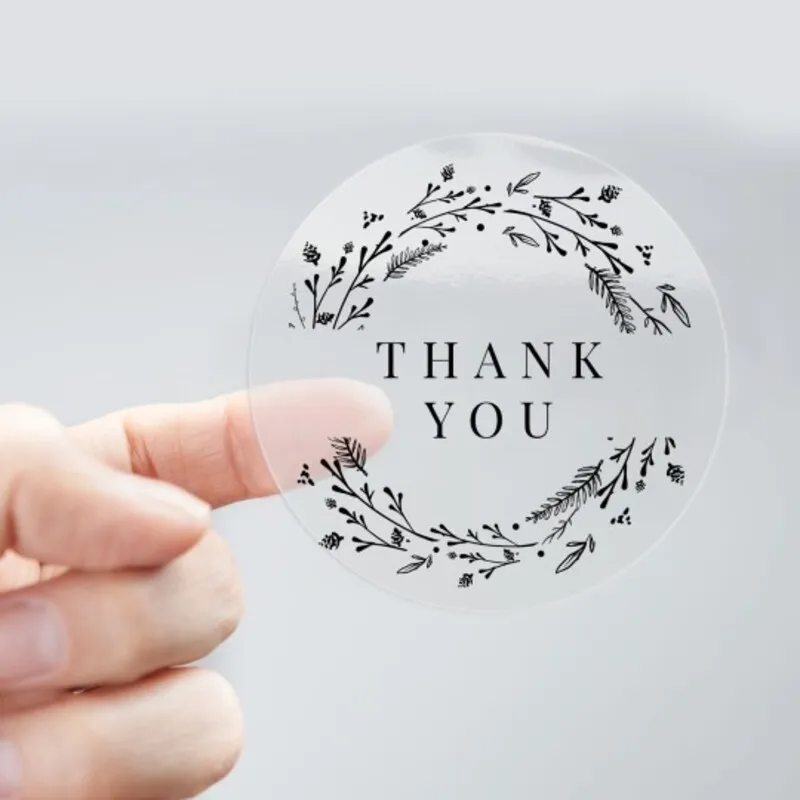The Art of Gift Wrapping Paper Design
Gift wrapping is an age-old tradition that transforms a simple gift into a memorable experience. The design of wrapping paper plays a crucial role in this process, serving not just as a protective layer but also as a canvas that reflects the giver's sentiment, the occasion, and the recipient's personality. As trends evolve, the art of gift wrapping paper design has witnessed significant changes, blending creativity, culture, and sustainability.
First and foremost, the choice of design can set the tone for the entire gift. Floral patterns, geometric shapes, or whimsical motifs can speak volumes about the occasion. For instance, bright and vibrant designs with playful illustrations are ideal for children's birthdays, while elegant patterns featuring gold or silver accents might be more suitable for weddings or anniversaries. Seasonal themes, such as snowflakes or autumn leaves, can also enhance the festive spirit during holidays. Designers often draw inspiration from nature, art, and popular culture to create wrapping papers that inspire joy and anticipation.
Moreover, personalization has become a prominent trend in recent years. Customizable wrapping paper that includes names, photos, or personal messages allows givers to add a special touch. This trend fosters a deeper connection between the giver and the receiver, making the unwrapping experience even more exciting. For example, wrapping a gift in paper that features a cherished moment or inside joke can evoke fond memories and strengthen relationships.
gift wrapping paper design

In addition to aesthetics, sustainability has emerged as a critical consideration in gift wrapping paper design. With increasing awareness of environmental issues, eco-friendly materials have gained popularity. Biodegradable or recyclable papers, as well as fabric wraps such as furoshiki, offer sustainable alternatives to conventional wrapping materials. Designers are now focusing on creating beautiful, nature-inspired designs that do not compromise on environmental values. This trend not only minimizes waste but also highlights the importance of mindfulness in gifting.
Furthermore, innovative techniques in wrapping have been integrated into design, providing fresh perspectives on traditional methods. From using old newspapers and magazines to creating intricate origami folds, these approaches not only promote sustainability but also add an artistic flair to gift presentation. The fusion of design and technique encourages individuals to think outside the box and engage in creative expression while wrapping their presents.
In conclusion, the design of gift wrapping paper is much more than a simple task; it is an artistic endeavor that enhances the gifting experience. Through thoughtful design choices, personalization, sustainability, and innovative techniques, wrapping paper serves as a meaningful introduction to the gift inside. As we continue to embrace creativity and mindfulness in our approaches to gifting, the world of gift wrapping paper design is sure to evolve, bringing joy and inspiration to the art of giving.



